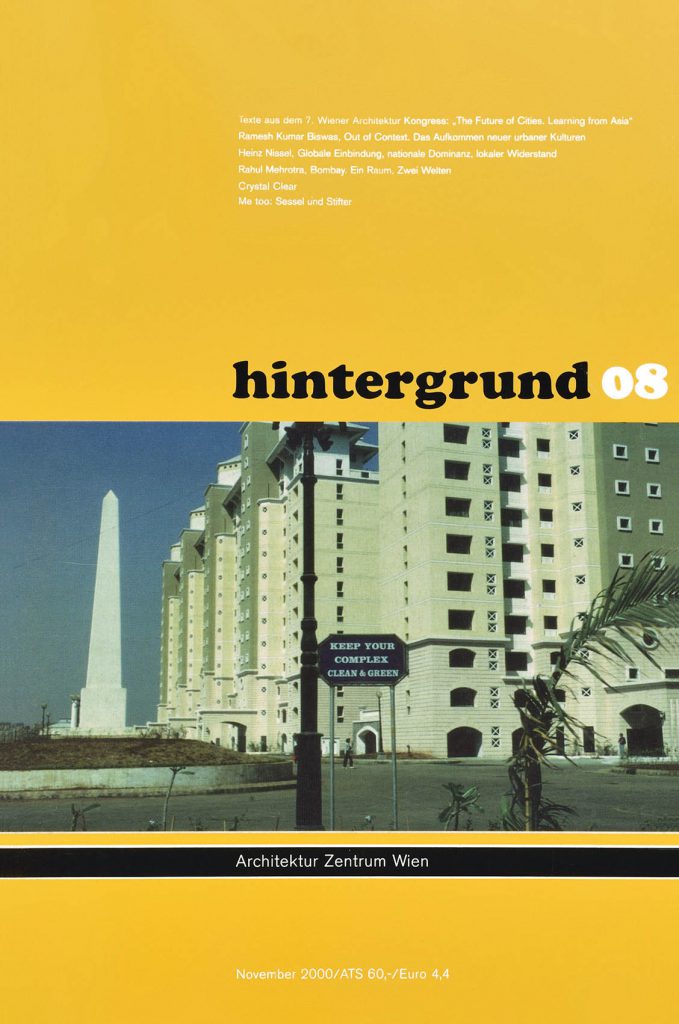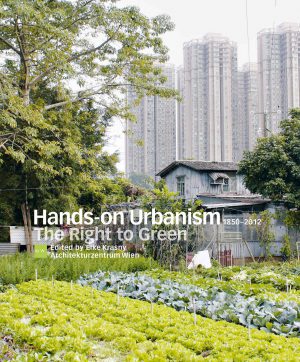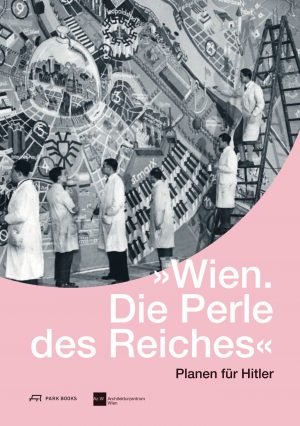
Three texts by Ramesh Kumar Biswas, Heinz Nissel and Rahul Mehrotra from the 7th Vienna Architecture Congress on "The Future of Cities. Learning from Asia" can be found in this issue of hintergrund 08. The 7th Vienna Architecture Congress takes a different look at cultures, traditions, their influences on historical developments and the social structures of everyday life in the Asian city. It discusses the effects of direct and indirect influences of colonization and the handling of cultural identity. Necessary repositionings in the East-West conflict are in the focus as well as questions of the demarcation between public and private/interior and exterior space and the role of architecture and mass culture as an instrument of control.
1,10 €
incl. 10% VAT plus shipping costs




